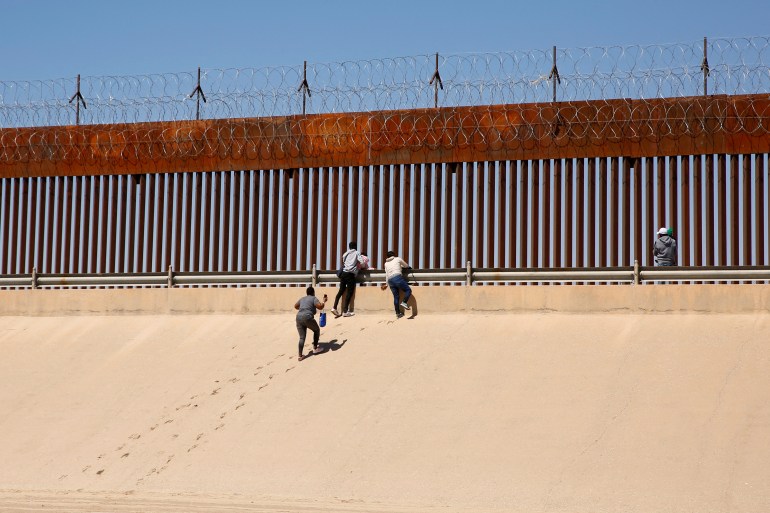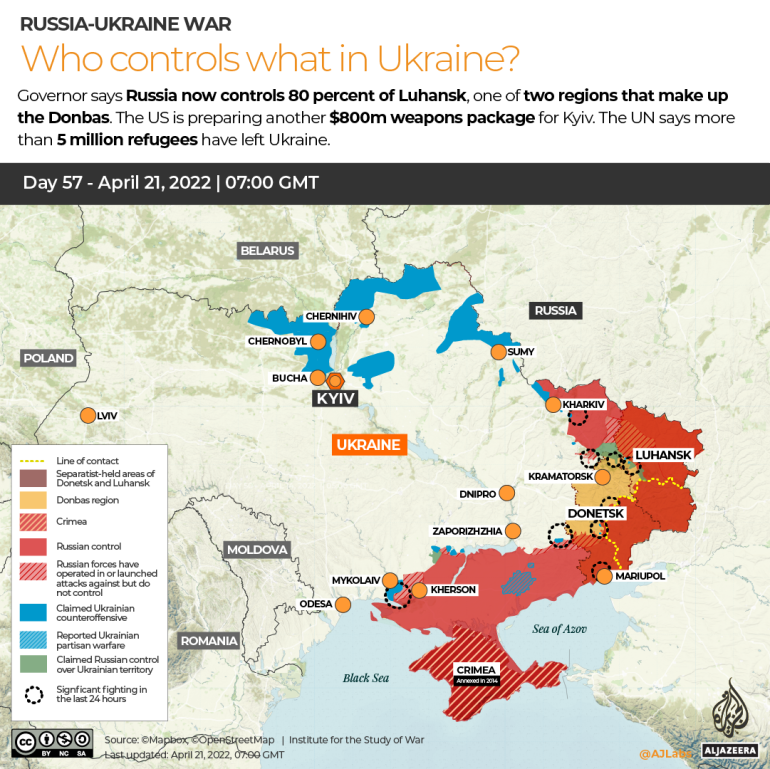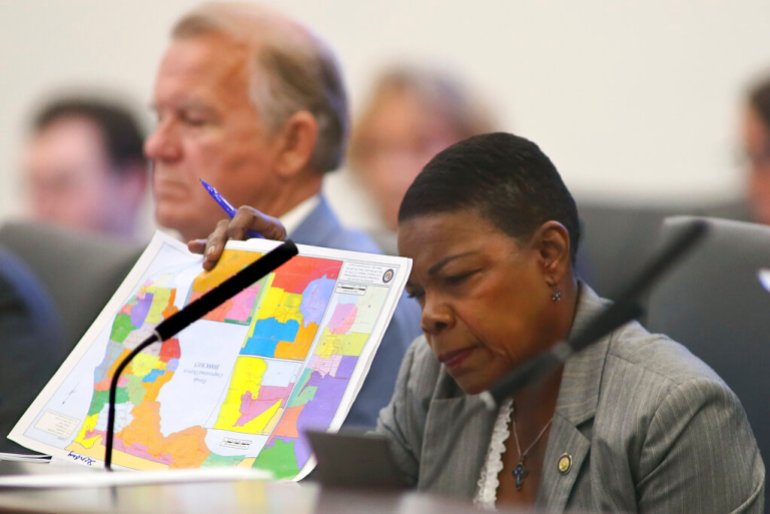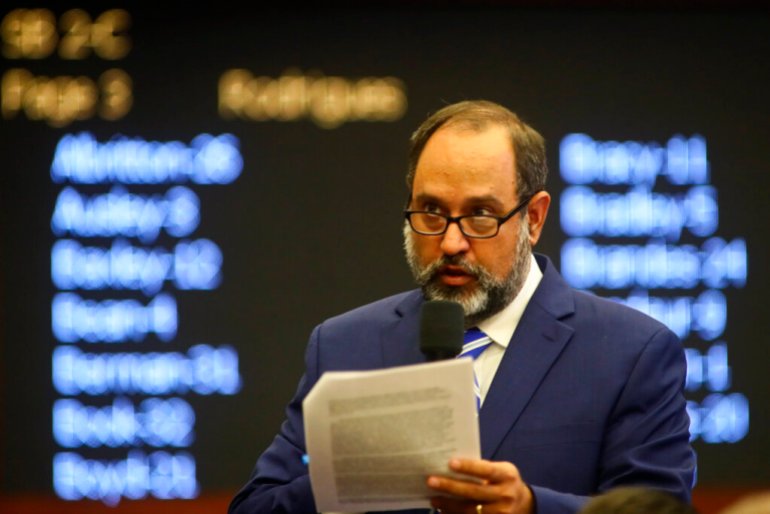[ad_1]
Not for the first time, China once again dominated the news this week.
The release of new economic data provided a temperature check of the world’s second-largest economy, while dubious COVID-19 death rates focused attention on Beijing’s reputation for secrecy and narrative control at all costs.
Elsewhere, Asia’s youngest nation went to the polls, and Japan got a rare taste of rising inflation after decades of sluggish economic growth.
Here are the numbers you should know to get on top of this week’s economic and business news.
4.8 percent
The amount by which China’s economy grew year on year in January-March, according to official government data.
The first quarter performance beat most forecasters’ predictions, but reflected only a fraction of the effect of lockdowns imposed on Chinese cities, including the financial capital Shanghai, since late March.
Even without accounting for economically-crippling lockdowns, the economic data hinted at storm clouds on the horizon: retail sales, a key indicator of economic health, fell 3.5 percent in March compared with the same period last year.
Analysts expect much worse to come, as Chinese President Xi Jinping signals his intention to hew to a zero-tolerance approach towards the virus long after the rest of the world has moved on from the pandemic.
The IMF and banks including UBS, the Bank of America and Barclays this week downgraded their growth forecasts for China in 2022.
Nomura’s especially pessimistic forecast, 3.9 percent, would mark China’s slowest growth rate since 1990 – apart from 2020, when the pandemic derailed the global economy.
38
The number of COVID-19 deaths China has reported from coronavirus outbreaks since the beginning of March.
To say the figure has raised eyebrows would be an understatement.
With some 550,000 cases reported so far, most of them in Shanghai, the official death toll flies in the face of all international experience with the virus.
By comparison, South Korea – with a superior vaccination rate – reported a death rate of about 0.12 percent during its most recent wave.
Applying the same ratio to China would translate to about 660 deaths.
Some health experts quoted in international media have attributed the discrepancy to Chinese authorities’ longstanding practice of focusing on causes of death such as cancer and heart disease.
Others question whether Beijing is intentionally distorting the picture to save face after expending so much political capital claiming its response to the pandemic has been superior to that of the West.
62 percent
The share of the vote secured by independence leader and Nobel laureate Jose Ramos-Horta in East Timor’s presidential election.
Ramos-Horta, who previously served as president of the young nation from 2007-2012, scored a landslide against incumbent Francisco “Lu Olo” Guterres after a runoff vote on Monday.
Ramos-Horta, who has promised to reduce poverty, faces the challenge of diversifying the Southeast Asian country’s economy from oil and gas, which has accounted for more than 90 percent of government revenues in recent years.
The president-elect has said he expects East Timor, which gained its independence from Indonesia in 2022, to become the 11th member of the Association of Southeast Asian Nations this year.
0.8 percent
The amount by which Japan’s consumer prices rose year on year in March.
The core consumer price index (CPI), which does not include volatile fresh food prices but does cover fuel, rose from 0.6 percent in February – the fastest increase in more than two years.
Unlike other countries that are raising interest rates to tame soaring inflation, Japan has for decades grappled with the opposite problems of stagnation and deflation, and its central bank has pledged to maintain stimulus measures to boost growth.
While high inflation erodes people’s purchasing power, a moderate amount is considered a healthy sign of rising demand and economic growth.
For years, the world’s third-largest economy has tried in vain to reach a 2 percent inflation target with rock-bottom interest rates and fiscal stimulus ranging from tax cuts to cash handouts.
Soaring commodity prices due to the war in Ukraine and a weakening yen are now finally causing prices to meaningfully rise.
But that could be a double-edged sword.
While Japan’s inflation remains modest by international standards, a significant uptick could prove politically perilous in a country accustomed to decades of stagnant prices and measure wage growth.
In a sign of the general public’s concern about the cost of living, Japanese households predicted inflation would hit 6.4 percent next year in a BOJ survey carried out earlier this month, Bloomberg reported. That was the highest reading since 2008.
[ad_2]
Source link














